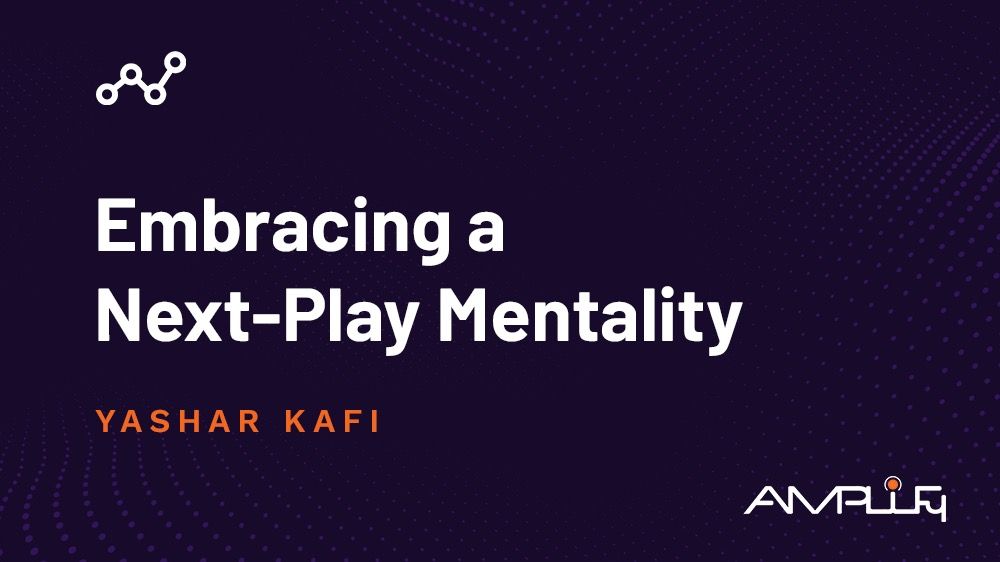Embracing a Next-Play Mentality
If sports truly are an accurate metaphor for life, then embracing a next-play mentality is perhaps the most useful attitude an organization can adopt in the face of adversity. How many times as an executive, for example, have you watched a talented employee lose focus trying to correct for a mistake that occurred months ago? And on the contrary, how many times as an employee have you felt pressure from a manager as they attempt to overcompensate for an error you had nothing to do with? The question is not whether we will fail: the possibility of failure is present in every action we take. It may seem clichéd, but the truth is that businesses really are defined by
how they respond to failure.
The first step after failure is analysis.
As the famous Mike Tyson quote goes, “everyone has a plan until they get punched in the mouth.” What went wrong, and what could you have done differently given what you know? But let us assume that you took the proverbial blow, now what do you do? There is no actionable benefit of ruminating on a mistake—and
regret can lead to paralysis. Mistakes have the propensity to haunt you when you refuse to let them go, and more importantly, they stop you from asking the most important question: What’s Next? This is the question that defines the next-play mentality. It is also the question that will allow you to come back from even the most arduous setbacks.
The next-play mentality is perhaps best epitomized by former Duke men’s basketball coach, Mike Krzyzewski. As a former graduate of West Point and a captain in the United States army, Krzyzewski built his career by
challenging his teams to think through to the next play. After all, once you are able to ask, “What’s Next?” your mind is free to focus on the most pressing issues you face in the moment. It sounds simple, but the trick is remembering that the last play is over—and the next play is coming no matter what. Given that fact, you must ask yourself whether you going to waste an opportunity to change your fortunes by focusing on the past or are you going to embrace
this play.
What does this mean for executives and employees? It goes without saying that we have all had a bad day at the office. Moreover, we have all been a member of a team that, for whatever reason, has been unable to get the job done. But when you allow the past to infiltrate the present,
you have not really learned from the challenges you faced. Another way to say this is that, if you are not a better person today, it is because you failed to learn from the lessons yesterday taught you. It is no coincidence that some of
the most successful innovators in history are also some of our biggest failures.
The next time you make a mistake at work, stop and take a breath. Think about what happened only for as long as it takes you to understand why it happened. Then let it go. Think about your next opportunity as your chance to put your stamp on the present moment. Remember that there is no way to get that last play back, and all that exists is the next play.




